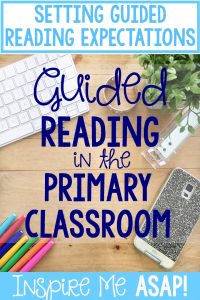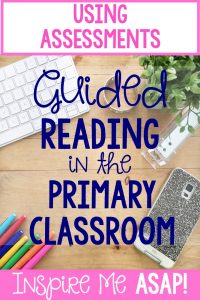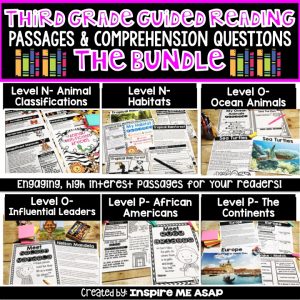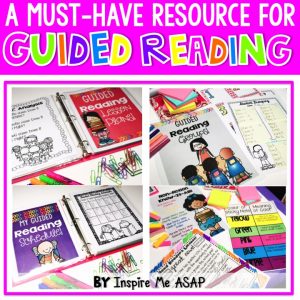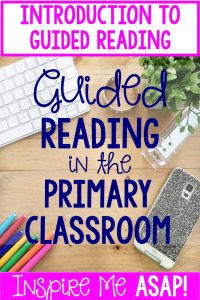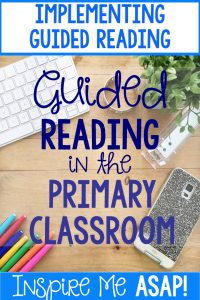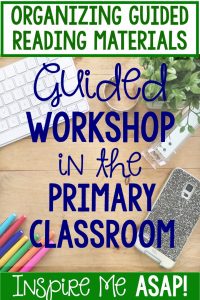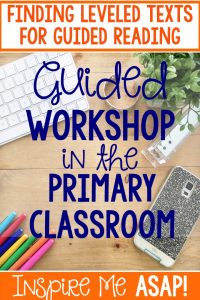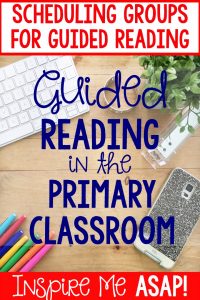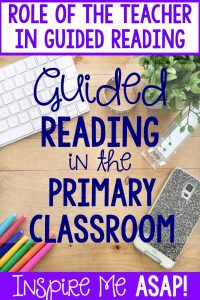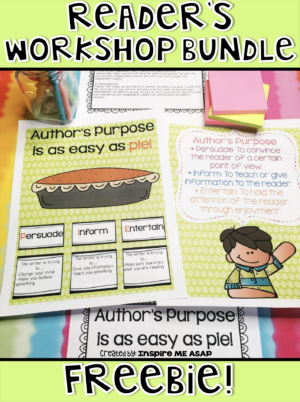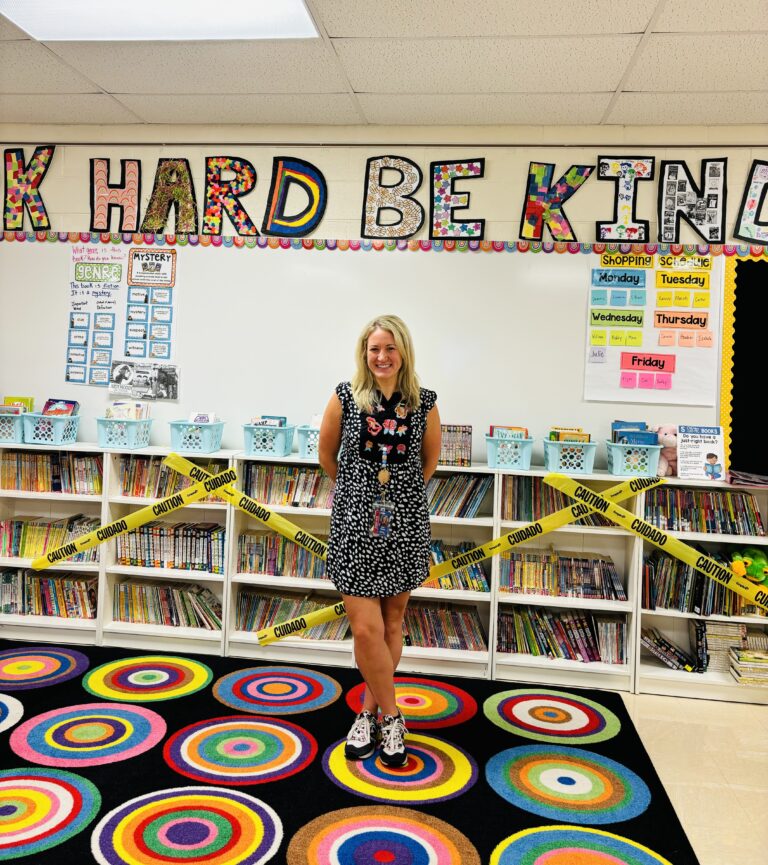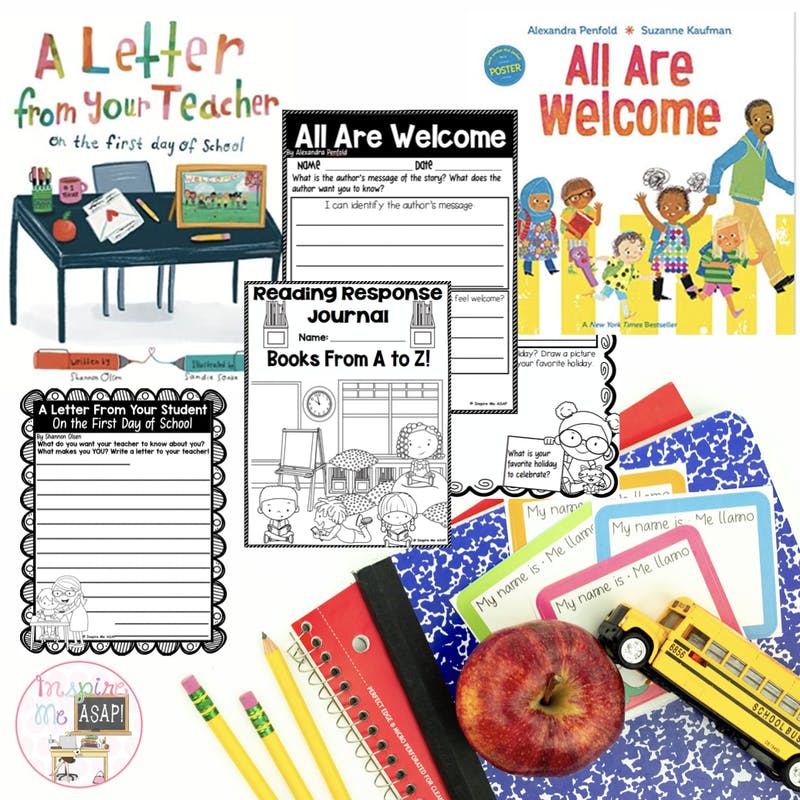Have you been asked or told that you have to use guided reading in your classroom? Do you need to learn more about what the guided reading approach is and how to implement best practices with guided reading? Guided reading can be very overwhelming to implement in your classroom. Teachers need to know how to form guided reading groups, plan guided reading lessons, use different leveled texts, in order to support readers at all levels.
The good news is that I am here to help you implement guided reading successfully in your classroom! You can do this! This post is the first in an 8 part series that I will write about implementing guided reading into your classroom.
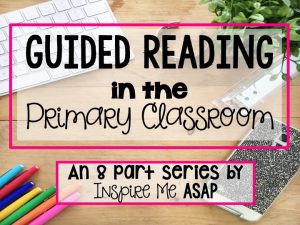
Today, for my first post in this series, I will write an introduction about guided reading and dive further into the different components of guided reading as the weeks progress.
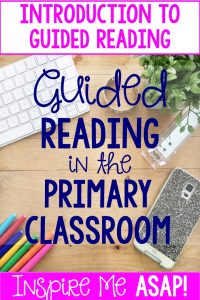
If you are familiar with my blog and my work I create for teachers, then you know that I am pretty passionate about reading instruction. After teaching for 16 years, I have seen a plethora of different reading programs, initiatives, and basal series being implemented in my district. Even after all these years, guided reading, or small group reading group, is still a staple of my ELA (English Language Arts) instruction. I definitely have grown as an educator with HOW I have effectively implemented guided reading into my second-grade classroom, and my goal in this blog post series to teach you what I have learned so you can implement it into your primary classroom. This blog post series will help you implement guided reading into your kindergarten, first, second, third, or fourth-grade classroom.
Let me paint you a picture of what you might observe if you walked into my classroom when I am working with a guided reading group:
If you walked into my second grade classroom during guided reading, you would see:
About 5 to 6-second graders are sitting at the kidney bean, or “guided reading” table. The teacher is sitting with this group of students and has selected a book that is specifically for this group of readers. The teacher uses her guided reading binder to view lesson plans, review instructional reading levels, and teaching points. This group might be the same reading level or this group might be working on the same reading strategy or skill, and different reading levels. After stating the purpose of the meeting, or stating the learning target/objective, the group of readers begins to silently (or whisper) read the text. The students read the text independently and in their heads, NOT aloud or “popcorn style.” If the students finish early, they reread the text or write a reflection on a sticky note, being prepared to share with the group. The teacher quietly has one student read a portion of the text aloud and takes a running record to assess the reader. The teacher is taking anecdotal notes in her reading binder. These notes include the book title and level the group is reading, as well as any other important observations. When this group is finished with the portion of the text or book, then they answer comprehension questions or respond to their reading in their reader’s notebooks. All group members participate in the discussion by flipping through their book for evidence, responding to another student’s response. Students may share what they were thinking by reading what they wrote on sticky notes. After about 20 minutes, this group of readers briefly discuss their next step and rotates to independent reading where they do independent work. The teacher meets with another group of students. The other students in the classroom are engaged in meaningful and engaging literacy activities when they are not meeting with the teacher. Students checking out books from the classroom library on their assigned shopping day and sitting on the comfy sofa reading independently. The classroom library has a variety of genres, picture books, chapter books, nonfiction books, fiction books, books for all students in my classroom, including English Language Learners. Some students are reading with their reading partner in a reading partnership.
Guided reading, or my small group instruction, has not always looked like this. It took me years to build up to this point of using best practices for each guided reading session.
It took me MANY years to work up to the point where I am at right now in my teaching career- 16 years to be exact! Although I implemented guided reading in my classroom since my first year of teaching, I can honestly say I had no clue what I was doing. And what were the OTHER kids doing when I was working in a small group? That was another state of affairs altogether.
I can still remember to this day being at my FIRST interview- fresh out of college. I was interviewing for a kindergarten position after graduating in December. The principal simply asked, “What is guided reading?” Talk about deer in headlights. Guided reading, say what? I had NO CLUE! My courses did not teach me the work of Gay Su PInnell and Irene Fountas, Jan Richardson, the reading process, or effective strategies for my first grade readers. My college classes did not teach me anything about guided reading. While I don’t remember how I answered that question, I do remember thinking that this is a big deal and I better figure this guided reading business out. I still cringe thinking about what the other teachers in that interview were thinking about my answer to that question, but in all fairness, we all start somewhere. As it turns out, I ended up getting that teaching position, finished teaching kindergarten for half of the school year, and then looped with that class as a first-grade teacher.
My lack of knowledge about quality literacy instruction got a MAJOR wakeup call my first year of teaching. My college classes did not prepare me for implementing guided reading or teaching through a workshop approach! To this day, I am so grateful to the literacy coach that was assigned to our school but especially assigned to help the new teachers, like yours truly, become more knowledgeable and effective with teaching reading. The literacy coach came into my classroom to model small group guided reading lessons, worked with me to create meaningful and engaging activities for the other students to be working on. Although at the time I felt frustrated because it seemed like I had someone watching my every move…I am now so grateful for those opportunities because I learned so much!
Note to new teachers: DO NOT be shy/embarrassed/think you know everything….take advantage of the people and resources offering their help!
At another school I taught at, the reading specialist played an instrumental role in helping me implement guided reading and a reading workshop approach with older students. In both schools that I taught at, the principals supported and encouraged the staff to participate in book talks. Since I was a shy new teacher, I never felt comfortable sharing any of my thoughts aloud at these meetings, however, I was soaking up all the knowledge of the veteran teachers around me! I was also lucky enough to attend several conferences and workshops to help me learn more about how to teach reading. On my own time, I have filled my bookshelves with teaching resource books written by all the guided reading experts.
16 years later, I can now confidently answer that question of, “What is guided reading?” so much so that I am now helping other teachers implement guided reading into their own classrooms. As an instructional coach, I worked with teachers to create a reading area in their classroom, form reading groups, choose leveled texts, and create lessons focused on student learning. I was part of a literacy team at my school that created a library of leveled books for each grade level. In doing so, teachers are able to successfully teach different reading skills and a guided reading level of A-Z.
The purpose of this blog post is to give an introduction to guided reading to a small group of students.
Let’s begin by talking about a common definition for guided reading and breaking down the different parts of a guided reading lesson: before, during, and after reading.
Simply put, guided reading is an instructional approach when the teacher provides small group reading instruction.
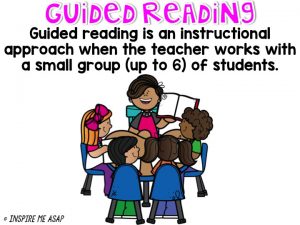
The teacher is teaching a specific skill or strategy to a small group of readers. These students may or may not have a similar reading level. What matters is that you are grouping these students based on a similar need.
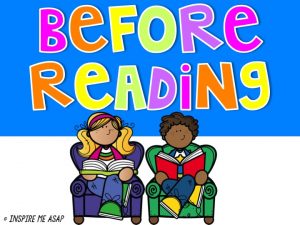
Before reading:
- The teacher’s role includes taking a minute or two to introduce a new text. The teacher might say, “In this story, you will notice…)
- Students BRIEFLY share their schema (or background knowledge) about the topic. The teacher might say, “What do you already know about this topic?” or “What does this story make you think about?”
- The teacher’s role is to explicitly state the learning objective. The teacher might say, “Today I want to teach you how to use picture clues to figure out unfamiliar or unknown words. Good readers use picture clues to figure out new words.”
- Students look at the cover, the back cover page, and also flip through the pages to take a picture walk. Students may make predictions or share their thoughts with the group.

During Reading:
- Students silently (grades 3 and up) and softly (grades K-2) read the assigned portion of the text.
- Students independently read the text- NOT as a group, or “round robin reading”
- Students are encouraged to use problem-solving strategies as they are reading (The teacher might say, “What is that a picture of on page 7?”)
- The teacher listens in and observes how students are monitoring themselves as they read
- The teacher may take a running record of the students’ reading fluency and accuracy
- The teacher takes anecdotal records about the reading behaviors of the students in the group

After reading:
- The teacher and the students discuss the portion of the text that was read
- The teacher assesses the students’ comprehension by asking questions, such as, “What did you notice about what happened to the character on page 5?”
- Students can check their predictions they made at the beginning of the book
- Students have the opportunity to write a reading response in their reader’s notebook or reading journal
- The teacher follows up on any anecdotal notes about the readers
- Students complete word work or comprehension activities as a follow up to the discussion or assigned reading
How do you know if you are really teaching a guided reading group, versus a read aloud or shared reading?
Let’s check out the characteristics that define guided reading!

Here are some characteristics of a guided reading lesson:
- There up to six students in the group
- The groups are flexible, meaning that they are continually changing to meet the needs of each developing reader
- The teacher selects the text to teach a specific skill or strategy
- All the students are the same reading level
- The teacher provides the students with the opportunity to read “just-right” books, which is at their instructional reading level.
- The instructional reading level provides an opportunity for the reader to be challenged and successfully demonstrate reading strategies that were previously taught
- The guided reading group is constantly changing according to the students’ needs and growth in reading.
Looking for guided reading passages to use in your classroom? Check out these guided reading resources I created below!
First Grade Guided Reading Passages
To buy the first grade GR passages on Teachers Pay Teachers click here: First Grade GR Passages
Save 10% by purchasing the first grade GR passages on my website by clicking here: First Grade GR Passages
Second Grade Guided Reading Passages
To buy the second grade GR passages on Teachers Pay Teachers click here: Second Grade GR Passages
Save 10% by purchasing the second grade GR passages on my website by clicking here: Second Grade GR Passages
Third Grade Guided Reading Passages
To buy the third grade GR passages on Teachers Pay Teachers click here: Third Grade GR Passages
Save 10% by purchasing the third grade GR passages on my website by clicking here: Third Grade GR Passages
Fourth Grade Guided Reading Passages
To buy the fourth grade GR passages on Teachers Pay Teachers, click here: Fourth Grade GR Passages
Create your own Guided Reading Teacher Binder:
To buy the Must-Have Guided Reading Resource on Teachers Pay Teachers click here: Guided Reading Binder Bundle
Save 10% by purchasing the Must-Have Guided Reading Resource on my website by clicking here: Guided Reading Binder
Looking to learn more about guided reading? Be sure to check out the guided reading blog post series that I will be writing!
